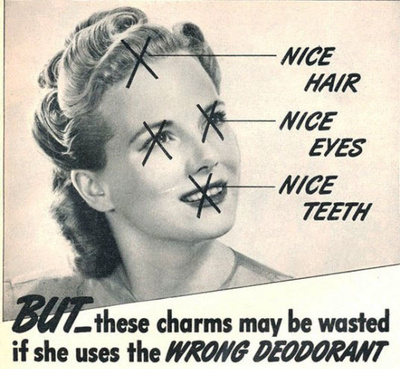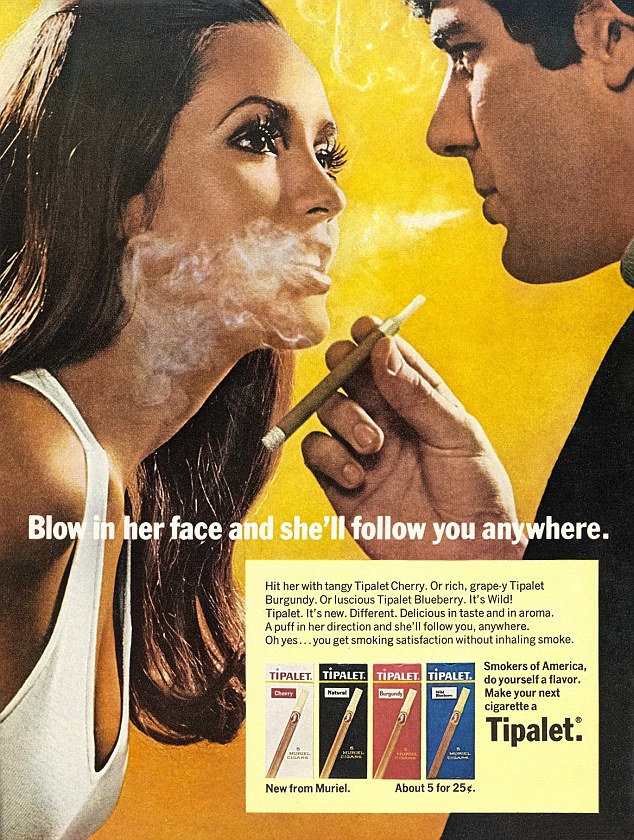2)Women were represented as housewives and stay at home mums who dress for no occasions and always look good for their husband. This advert makes women seem as if they enjoy cleaning and even have to be overdressed for it. For example the smile on the woman's face denotes enjoyment and connotes excitement as what she is currently doing.
3)The writing is in sans serif which connotes relaxing and fun. The heading message gives an idea to the audience that the product isn't any ordinary product it's a product which doubles the brightness of your clothes and lasts longer than any other detergent.
4)The writing is in sans serif which connotes relaxing and fun. The heading message gives an idea to the audience that the product isn't any ordinary product it's a product which doubles the brightness of your clothes and lasts longer than any other detergent.
5)The picture for the product is added to the bottom right of the advert to show the connection between the flash box outside the bold heading for the product and for the advert headline. This is done to divert the audience from the headline to the product of advertisement.
6)The connotations of the colour scheme demonstrate the freshness of the product. For example: The colour blue suggests calmness and coolness and the colour white suggests cleanliness and purity. These colours give the idea of a clean trustworthy detergent that will provide you with a crisp refreshing shade of extra-white white.
7)The anchorage text gives the audience more detail and information on the product being advertised. For example the repetition of the word bright sinks the idea of cleanliness into the audiences' belief.
8)The representations of women are cleaners lifeless and people who spend their life cooking and cleaning for their husband.
9)The preferred reading of this advert is that your everyday detergent isn't as good as the OMO detergent as it will bring "Whiteness to brightness". This gives the audience a belief that OMO is a special type of detergent and it's different to all the others.
10)The oppositional reading for this advert is that women are good for one thing only (cleaning) and that they enjoy cleaning as they have nothing better to do than look good for their husband.




